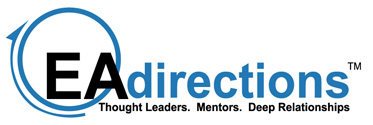Assessing EA Maturity isn’t all that helpful – Here’s a Better Approach
Most current discussions on EA Maturity focus on backward-looking metrics and score them based on levels that are similar to the Capability Maturity Model (CMM) process improvement system developed by the Systems Engineering Institute at Carnegie Mellon University. Over the past several years we have started to develop a different opinion about using CMM-type assessments for enterprise architecture processes.
